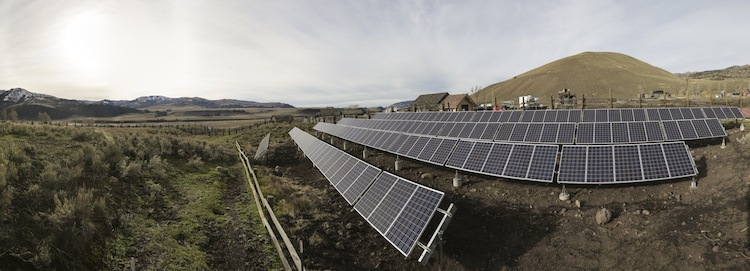 Boats stopping over in North America for an around-the-world race are refueling with biodiesel. This news release from the National Biodiesel Board says the fuel used for the Volvo Ocean 65 race boats that sailed into Narragansett Bay, Rhode Island, is made from recycled cooking oil.
Boats stopping over in North America for an around-the-world race are refueling with biodiesel. This news release from the National Biodiesel Board says the fuel used for the Volvo Ocean 65 race boats that sailed into Narragansett Bay, Rhode Island, is made from recycled cooking oil.
As a supporting sponsor of the May 5-17 stopover, the NBB is providing biodiesel blends for the race boats and for all of the diesel generators and land vehicles associated with the shoreside operations — helping the event to obtain certification by Sailors for the Sea as a “Platinum Level” Clean Regatta.
“Biodiesel stakeholders are excited to take part in this much-anticipated international regatta,” said Paul Nazzaro, NBB program manager. “It seems fitting that America’s first advanced biofuel will be featured at the U.S. leg of the race, where sustainability is such a prominent theme. Our entire team looks forward to sharing the many benefits of biodiesel over the course of this extraordinary event.”
“We’re in a ‘chicken or egg’ situation where boaters can’t readily purchase biodiesel because it’s not typically supplied by marinas, and the marinas don’t dedicate tanks to biodiesel because they aren’t sure if there will be sufficient demand” said Nazzaro. “We hope Volvo’s show of confidence in biodiesel to help power such a high profile event will help address this conundrum by educating consumers and raising demand.”
NBB points out that biodiesel blends can be used in many types of marine vessel, including inland and ocean-going commercial ships, research vessels, the U.S. Coast Guard Fleet, and recreational vessels.









